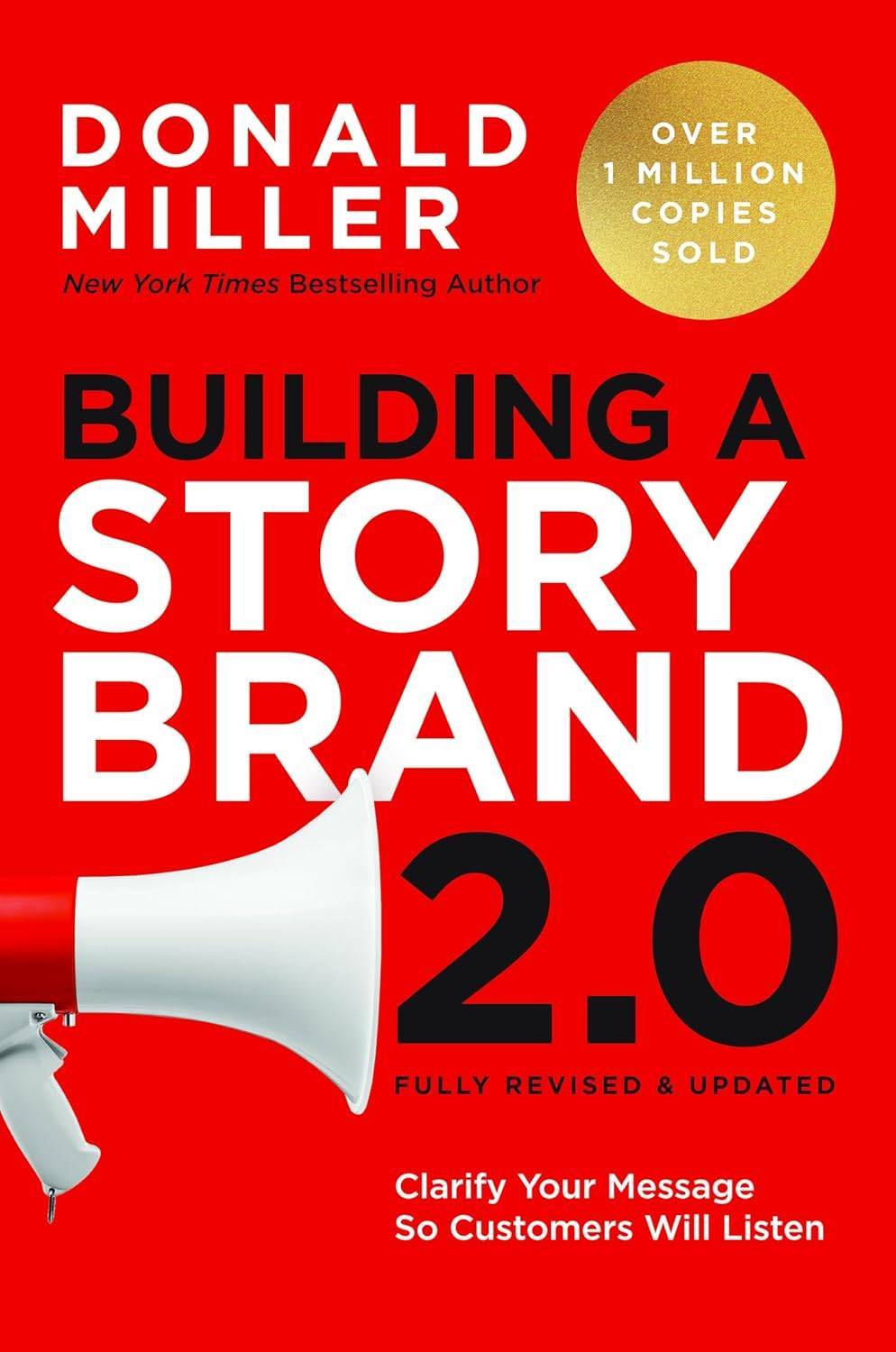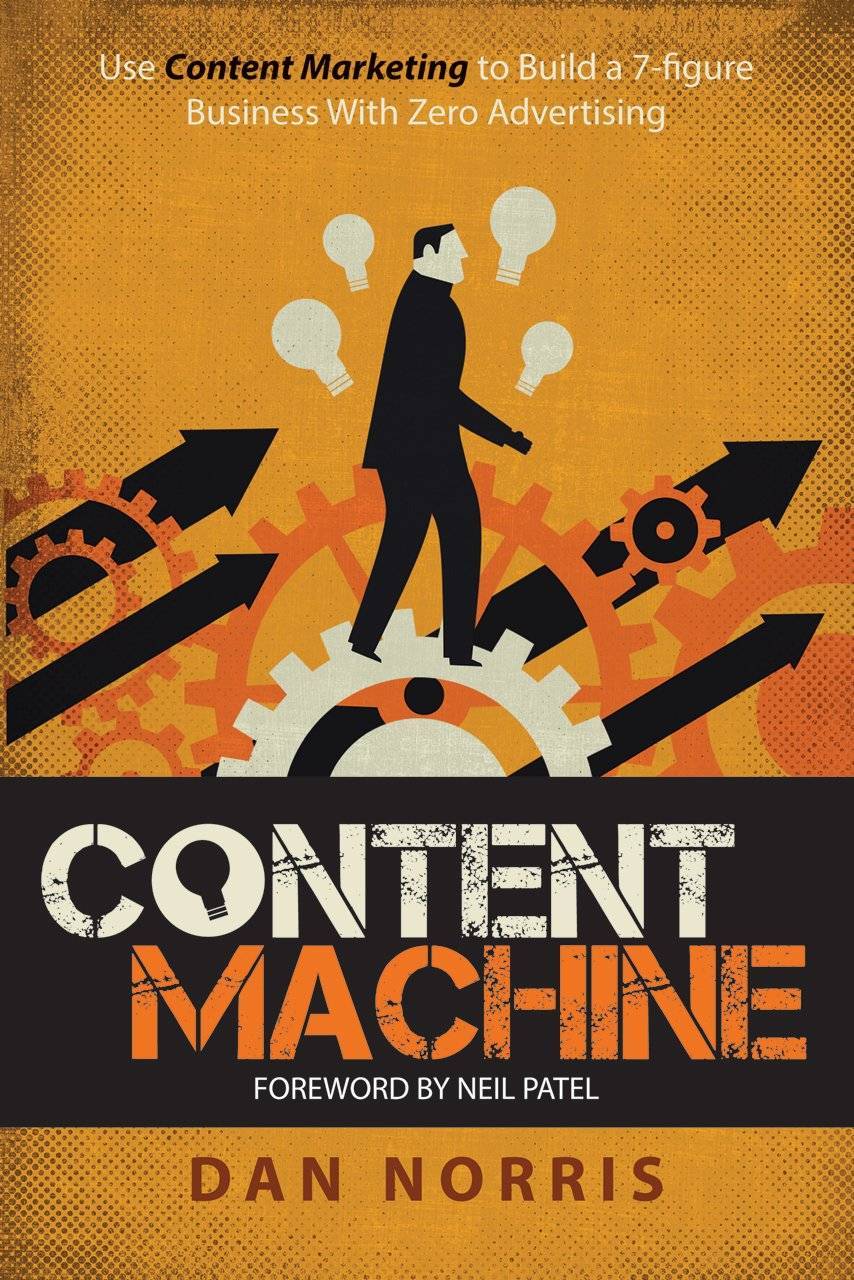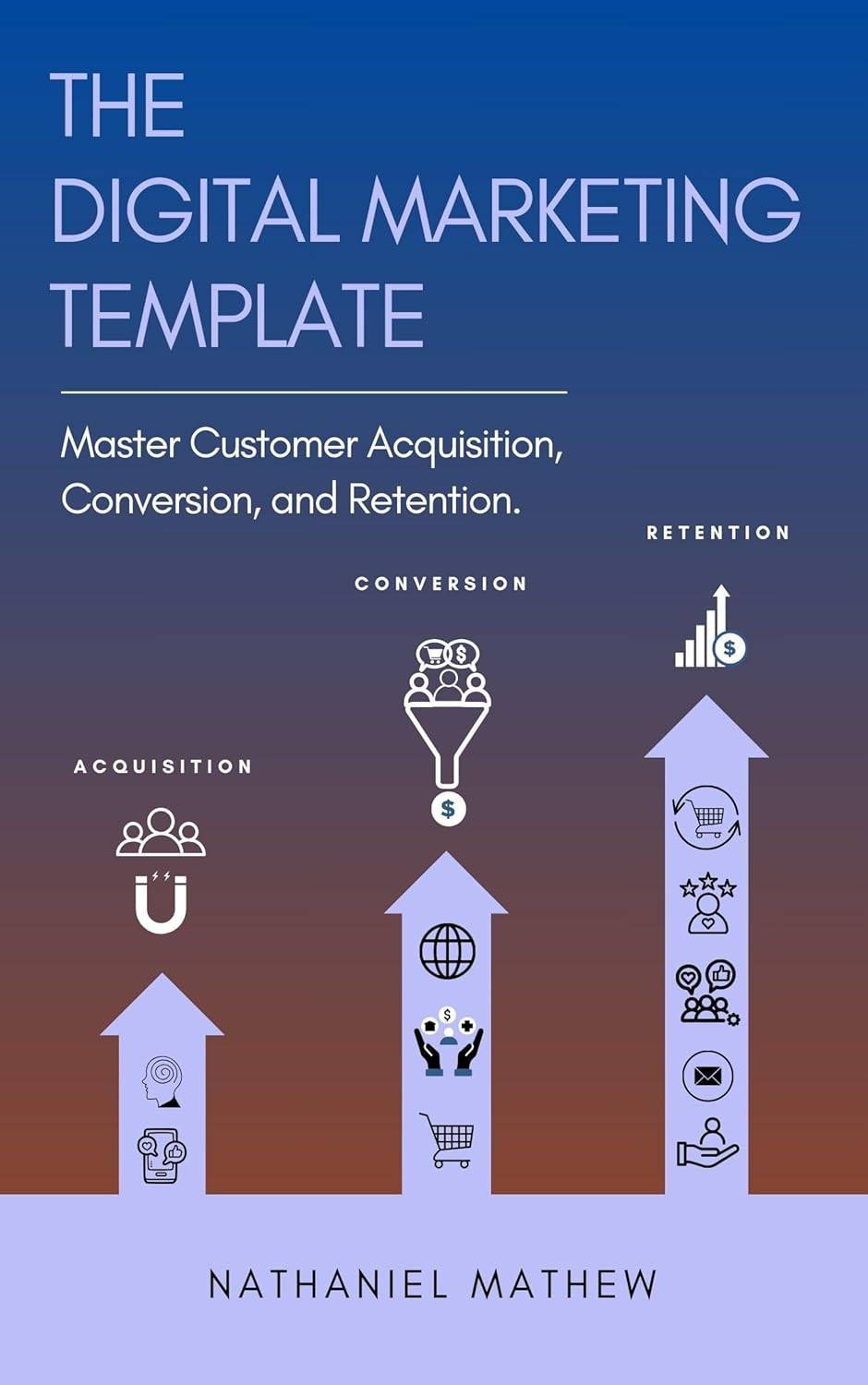How to Run a Keyword Gap Analysis in 2025
Find high-potential keywords your competitors rank for but you don't, and use them to close SEO gaps.
Last updated: May 18, 2025

How to Run a Keyword Gap Analysis in 2025
Introduction
Your competitors are likely ranking for keywords you've missed. That represents a major opportunity. This guide shows you how to run a keyword gap analysis step by step using the latest tools. Ideal for SEOs, marketers, and content teams looking to drive targeted traffic quickly.
TL;DR
A keyword gap analysis reveals the keywords your competitors rank for but you don't. Use this insight to prioritize new content and close SEO gaps—this is the fastest way to grow your traffic in 2025.
Recommended Reading
Why This Topic Matters
SEO is competitive. If you're not tracking what your competitors are winning on, you're flying blind. A keyword gap analysis shows you what content to create next. The strategy is built on proven success in your niche.
Step 1: Pick the Right Competitors
Choose 2–5 direct competitors:
- Similar content or product offerings
- Close domain authority
- Overlap in target audience
Tools like Ahrefs, Semrush, or Similarweb can help you identify them.
Step 2: Use a Keyword Gap Tool
Use tools like:
- Ahrefs Keyword Gap
- Semrush Keyword Gap
- SEO PowerSuite or Serpstat
Enter your domain vs. competitors. Choose "Keywords they rank for, and you don't."
Step 3: Filter and Segment Results
Don't go after everything. Prioritise by:
- Keyword Difficulty (aim under 35 for speed)
- Volume (don't skip low-volume queries; they often convert)
- Intent (informational vs. commercial)
Use filters to remove branded terms or unrelated niches.
Step 4: Match Keywords to Pages
If the topic fits an existing page, plan an optimisation. Otherwise, assign it to a new content brief. Don't create 10 pages on the same theme. Instead, group related terms into one high-quality article.
Step 5: Build a Content Queue
Use a sheet or Notion database to plan your next 4–6 pieces. Track:
- Keyword
- Target page
- Intent
- Competitor example
- Planned publish date
This turns raw data into a deliverable content plan.
Other Common Issues
Choosing huge competitors: Their authority skews the results. Use closer peers. Ignoring intent: Don't rank for "buy running shoes" with an FAQ. Trying to rank for everything: Prioritise what's realistic and valuable.
Recommended Tools
Ahrefs – Full-featured gap tool with filtering. Semrush – Flexible intent and keyword targeting. SEO PowerSuite – Affordable alternative for small teams. Notion – Track keyword-to-content planning. Keywords Everywhere – Fast volume and intent check.
When to Hire Help
Hire an SEO consultant or strategist if:
- You need help mapping keywords to funnel stages
- You want a full content strategy based on gaps
- You're targeting competitive markets (e.g. SaaS, finance)
Final Takeaway
Keyword gap analysis turns competitive insight into a content roadmap. If you're not doing it quarterly, you're likely missing easy wins.



